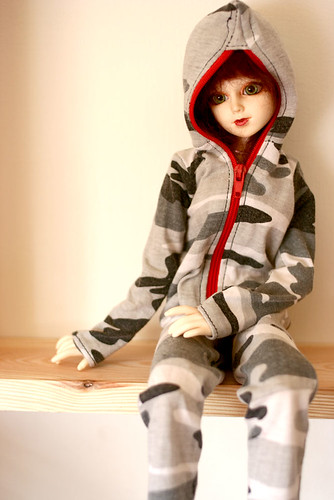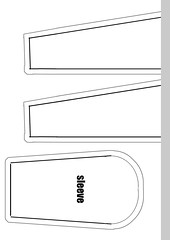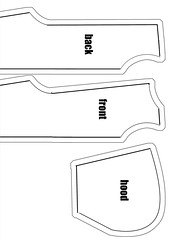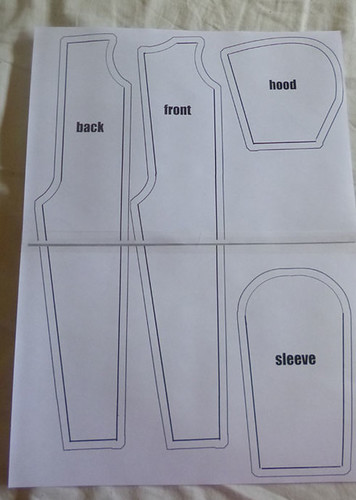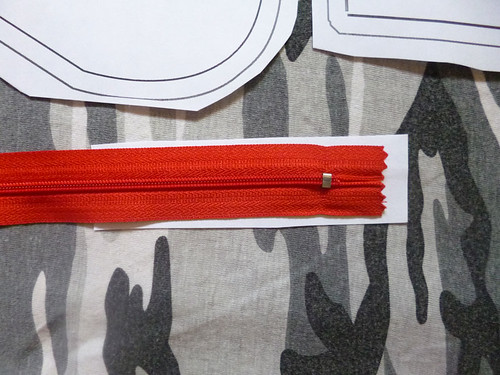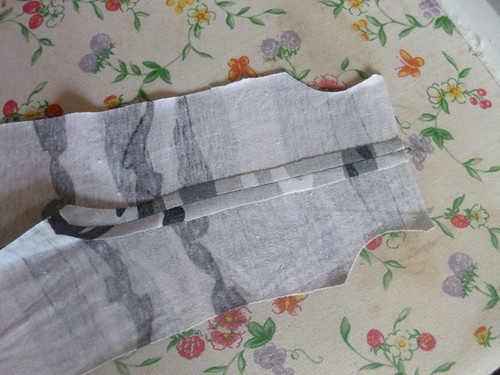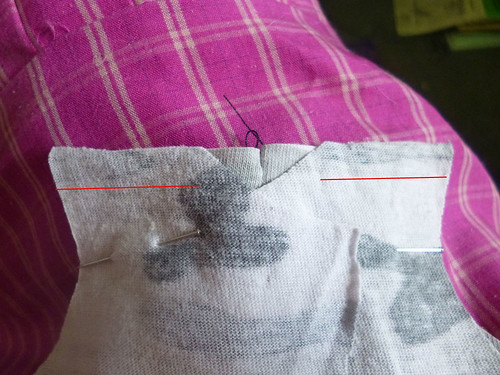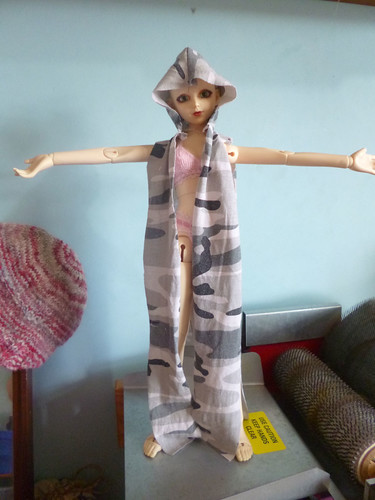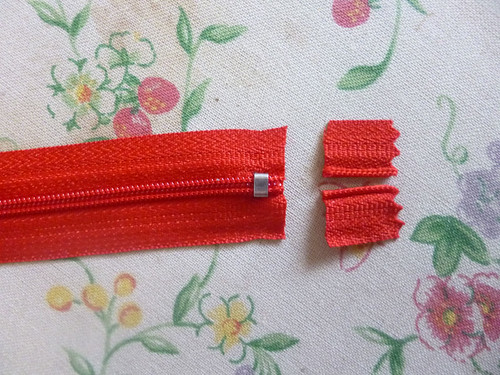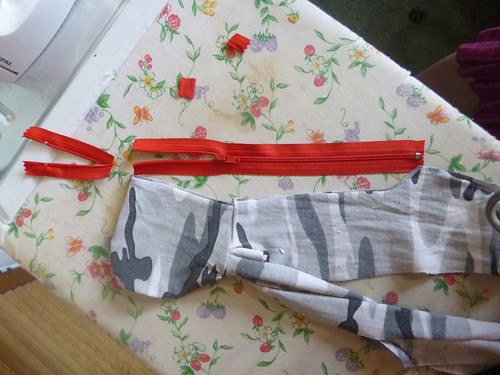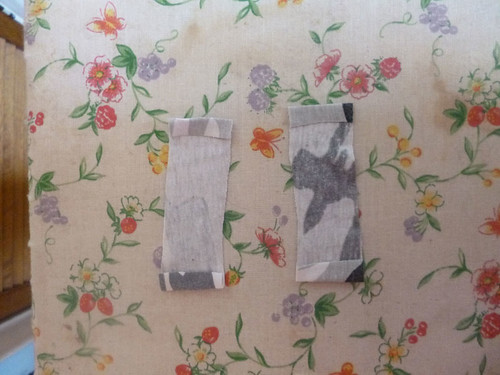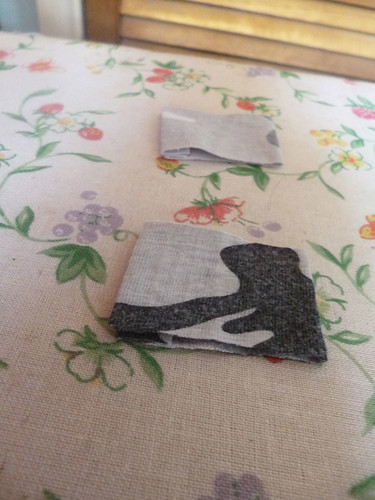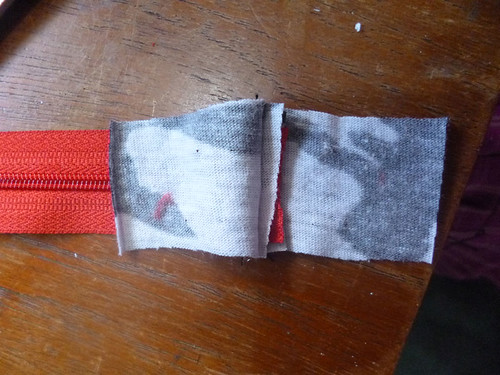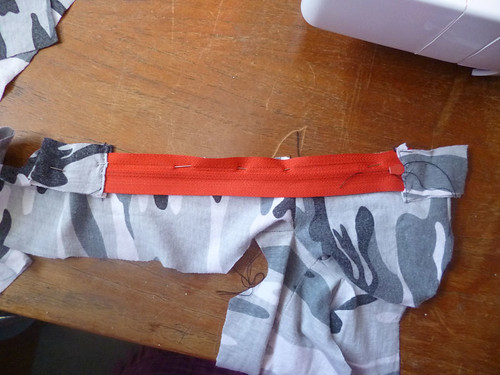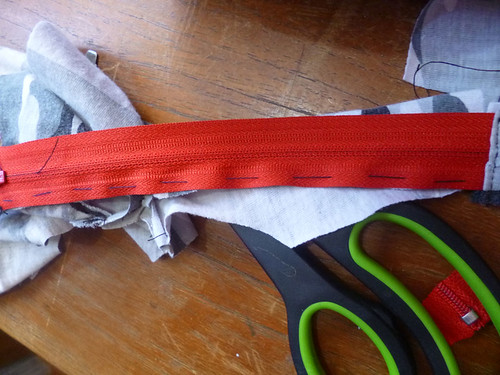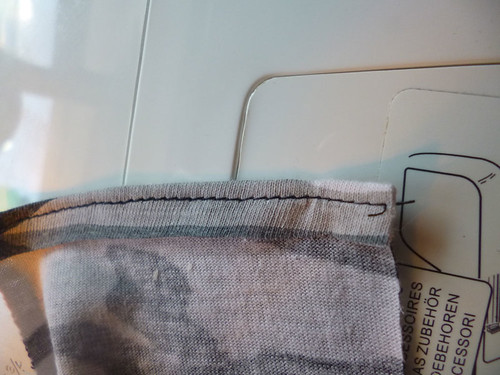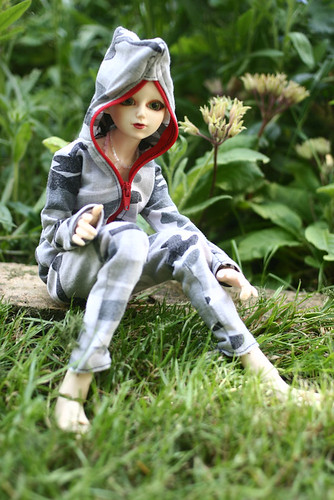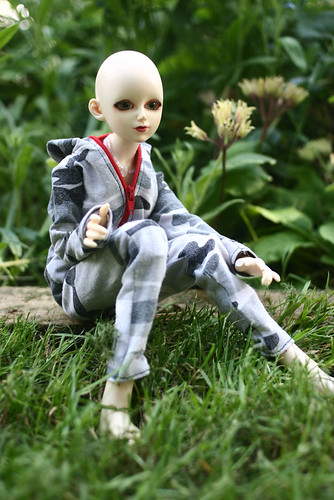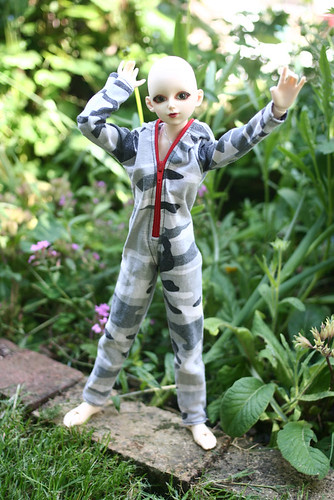A year ago, I ordered my Saori loom and decided to try and learn to weave properly. I decided it was about time I had a look back at what I’ve played with over the last year.
These first two scarves were done on the Ashford knitter’s loom while waiting for the Saori loom to arrive. Two skeins of Wollmeise and a little handspun. One sett at 10 epi, the other at 12.5
Then the Saori loom arrived, woohoo! I immediately threaded the pre-wound warp that came with it, and wove and sewed this:
As soon as that was off the loom, I put the 4 harness kit on, and immediately put another warp on for a twill gamp and some tea towels, and started weaving. I did a little on it in March and April, and then it sat. And sat. I don’t really know why I didn’t work on it, I was busy with other things and of course dealing with health stuff, but that’s not really the reason, I guess I just didn’t feel motivated. Whatever the reason, I didn’t touch the loom again until November, when I took off the twill gamp:
And a couple of teatowels:
Once that was finished with, my motivation returned, and I tried out waffle weave on a set of facecloths:
Then tried some twill with a fine warp and heavy weft to make these teatowels and an apron. I really like the fabric this makes, and it weaves up so fast. (oh, and there’s a waffle weave cloth there that was the end of the warp, it uses the same threading as for the twill, just a different tie up)
Then I decided to try something a little harder. A scarf in a fine yarn with a more complicated draft, which I made a little harder by adding borders and short top and bottom sections. While at the time it seemed to be slow going, it was still hundreds of times faster than knitting a scarf in fine yarn:
Next up was another more complicated draft, my first attempt at overshot. I did enough to make a couple of project bags:
I then went for something simpler and faster, a scarf from sock yarn scraps
Working with sock yarn made me want to use some of my lovely Wollmeise stash, so I then wove this very simple wrap using WM as the warp, and a laceweight wool as the weft:
Finally, I decided I wanted to make a towel for my hair. Having hip-length hair means I need to use a bath sheet sized towel to dry it, but regular terrycloth towels are so bulky and heavy they fall off at the slightest movement, and hurt my neck. So I decided to weave something much thinner. However the loom is only 60cm wide, so I needed to learn how to do doubleweave. It wasn’t actually that hard to figure out, and I made a towel that works perfectly. The fabric at the fold line is a little dense, but you can’t really tell from a distance:
Oh, and it seemed a shame to waste the end of that warp, so I wove a warp faced teatowel:
Phew! that is 2016 in weaving. For 2017 I already have planned a couple of long yardage projects for making clothing, and I want to try crackle and some more overshot.


























































